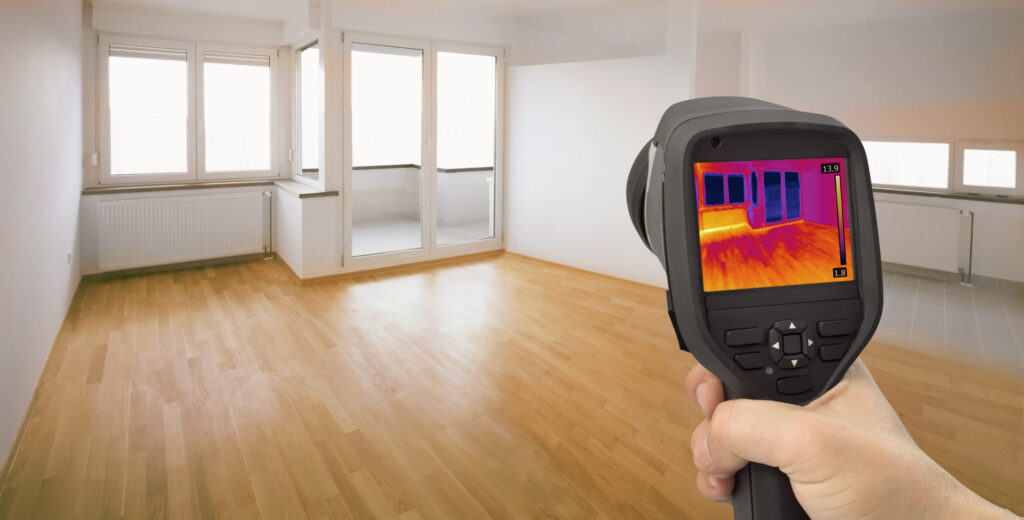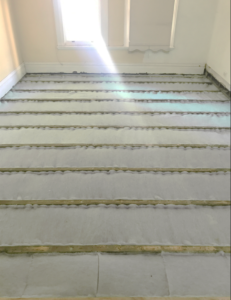Let's Break It Down: Underfloor Heating vs. Underfloor Insulation

Are you thinking about making your home’s floors a little cosier? You might be weighing the options between underfloor heating and underfloor insulation. Although they both deal with floor temperature, they do their jobs quite differently. Let’s dive into what makes each option unique, and perhaps find the perfect solution for your home.
Warm Floors All Around: Underfloor Heating
People love underfloor heating in chilly spaces like bathrooms and kitchens, where stepping on a warm tile feels like a little slice of heaven. Underfloor heating is all about bringing the heat. It is much more common in really cold climates like northern Europe, Canada and northern parts of America. Installed right under your feet, it warms up the floor and the room in one of two ways:
- Electric Systems: These use wires or heating mats under your floor surface. They’re quick to install, but keep an eye on your electric bill—they can be thirsty for power! There are some DIY kits available, but also professional installation is also available.
- Hydronic Systems: These systems pump heated water through pipes under your floor. They’re pricier to set up but can be kinder to your wallet in the long run, especially if you hook them up to solar. You need to be mindful of running hydronic on solar if you live in a location that gets little sun in the winter time.
Keeping It Cosy: Underfloor Insulation
While underfloor heating is the star of the show, underfloor insulation is the unsung hero working behind the scenes. It’s tucked between the floor joists, and its main job is to keep your home’s heat right where you want it – inside. Insulation stops the cold from creeping up from the ground in winter and keeps your home cooler during those blazing summer days.
What’s the Difference?
- Active vs. Passive: Underfloor heating actively warms up your space, while insulation passively helps maintain the indoor temperature by stopping heat from escaping.
- Setup: Installing a heating system might require a professional, especially for those intricate hydronic setups. Insulation can often be a weekend DIY project, with materials that are easy to handle and fit.
- Costs Over Time: Running an underfloor heating system will add to your energy bills, but insulation can help slash those costs by making your home more energy-efficient.
Best of Both Worlds?
You don’t necessarily have to choose between the two. Combining underfloor heating with insulation can turn your home into an efficiency powerhouse. The insulation makes sure that all the lovely warmth from your heating system doesn’t just disappear into the ground, keeping your toes toasty and your heating bills in check.
Final Thoughts
Whether you opt for underfloor heating, go for insulation, or decide to use both, you’ll be stepping up your home’s comfort game. Think about what you need most: Is it that extra warmth underfoot, or is it more about locking in your current comfort level without cranking up the heat? Either way, you’re on your way to a cosier living space.






